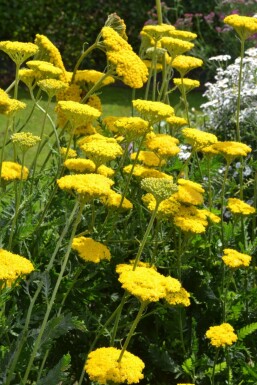
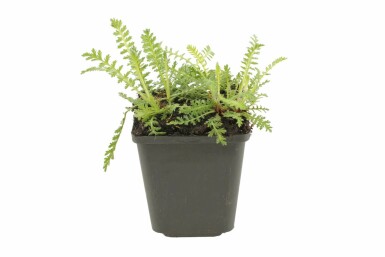


Immerse yourself in the enchanting world of bee-friendly plants where each bloom contributes to a thriving ecosystem. Heijnen Plants presents a carefully curated selection of flora designed to attract and nourish these vital pollinators. Our collection not only offers a haven for bees but also infuses your garden with vibrancy and life. Embrace the role of a conservationist gardener and discover plants that flourish in harmony with nature, creating a buzzing haven right in your own backyard.




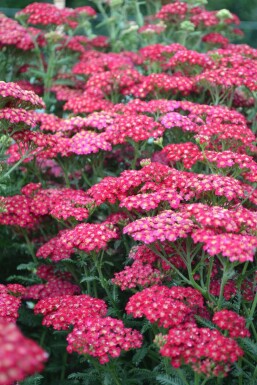
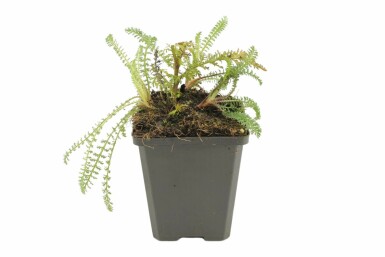
60cm


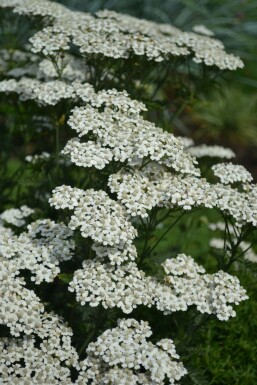
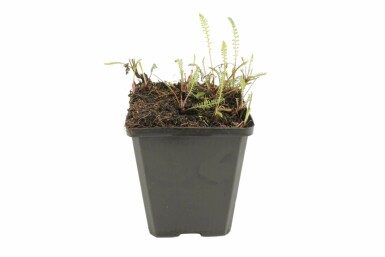
60cm


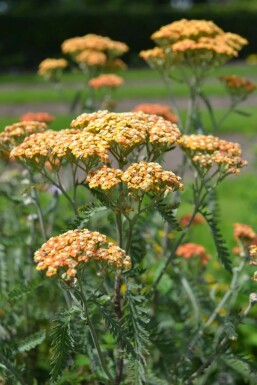
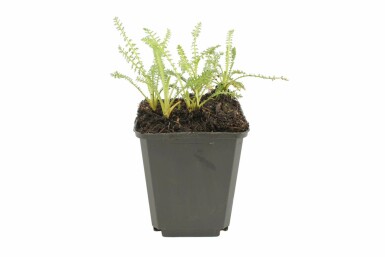



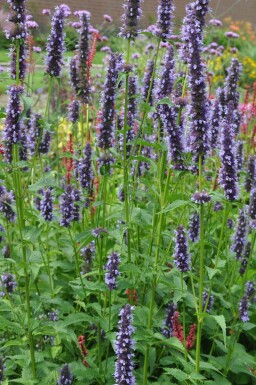
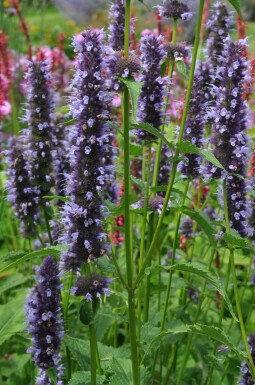
80cm



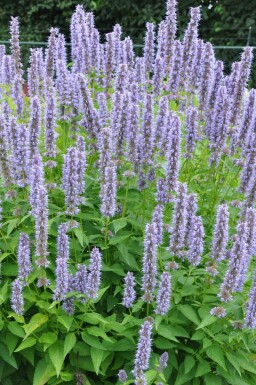
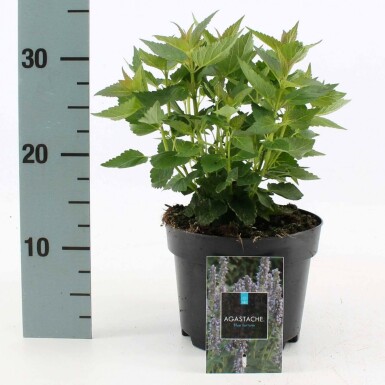



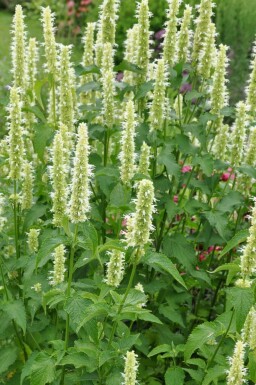
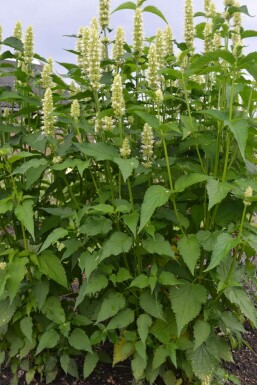
100cm



30cm





150cm



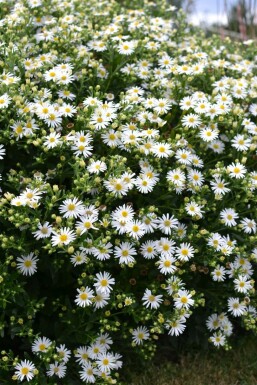
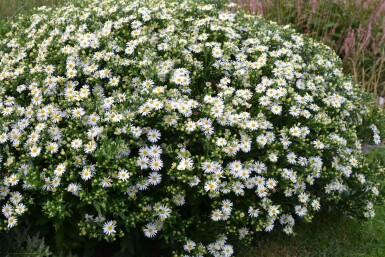
50cm



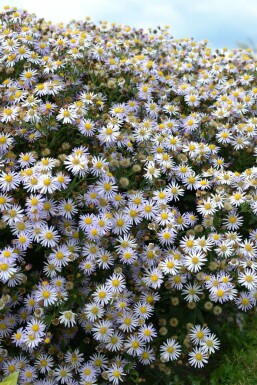
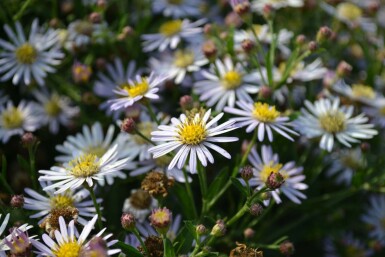
70cm



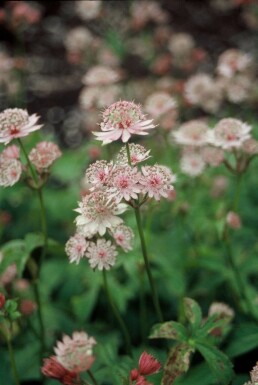
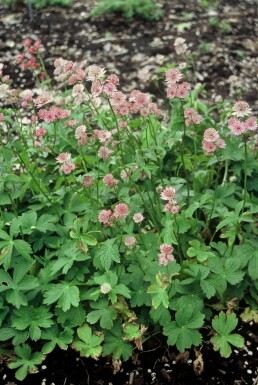
60cm




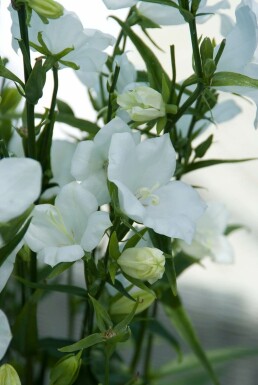

80cm


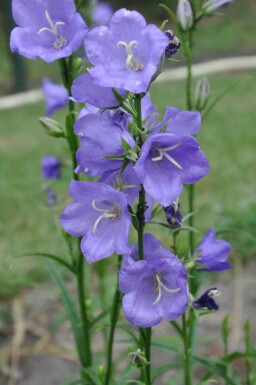

80cm



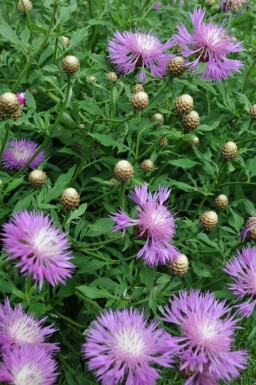
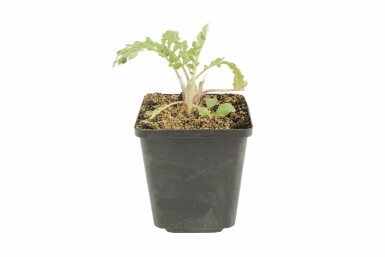
70cm




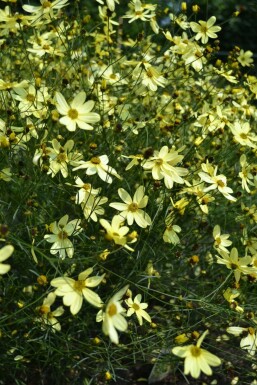
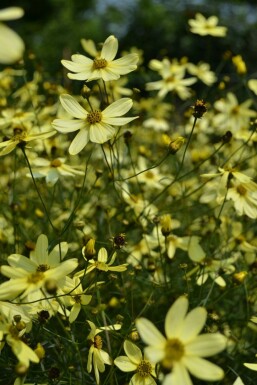











150cm





120cm







70cm




120cm
















Welcome to the enchanting world of bee-friendly plants, where the gentle buzz of busy pollinators fills the air and the garden becomes a haven for these essential creatures. At the heart of our commitment to supporting biodiversity, Heijnen Plants offers a diverse selection of flora specifically chosen for their allure to bees. Among our cherished varieties, Pachysandra terminalis 'Variegata' presents a verdant tapestry of variegated foliage, while Agastache 'Black Adder' stands out with its striking spires of deep violet blooms. These plants not only provide vital nectar and pollen but also contribute to the aesthetic beauty and ecological balance of your garden. Embrace the joy of a bee-friendly landscape, and let Heijnen Plants guide you towards creating a vibrant, pollinator-friendly oasis that supports the environment and enchants the senses.
In designing a garden that caters to the needs of bees, it is essential to select plants that provide a continuous supply of nectar and pollen throughout the growing season. Bee-friendly gardens are not just a refuge for these industrious pollinators, but they also ensure the proliferation of your garden blooms through successful pollination.
Diversity in plant selection is key to supporting a range of bee species, as different bees are attracted to different types of flowers. For example, the bell-shaped blossoms of Campanula persicifolia 'Alba' are a favorite among long-tongued bees, while the dense spires of Liatris spicata 'Floristan Weiss' attract a variety of pollinators with their abundant nectar reserves. Incorporating a variety of flowering plants with staggered blooming times will not only keep bees busy from spring through fall but also provide a dynamic and ever-changing display of beauty in your garden.
To maintain a bee-friendly garden, it is vital to consider plants that offer support across different seasons. Spring-flowering shrubs like the Cornus mas burst into early blooms, providing an early food source for bees emerging from hibernation. Similarly, Prunus laurocerasus 'Rotundifolia' and Prunus laurocerasus 'Van Nes' are excellent choices for creating shelter and foraging opportunities for bees throughout their flowering period.
Beyond planting a mixture of bee-friendly plants, it is equally important to refrain from using chemicals that could harm bees and other beneficial insects. Opting for organic gardening practices ensures a safer environment for all garden dwellers and helps in the conservation of bee populations.
While ornamental plants such as the fragrant Clethra alnifolia 'Pink Spire' and the vivid Papaver nudicaule 'Matador' add visual interest and are attractive to bees, incorporating native plants is also crucial. Native plants are well-adapted to local conditions and often require less maintenance. They can form the backbone of a bee-friendly garden by providing reliable and familiar sources of food for native bee species.
To provide bees with a reliable food source, gardeners should plan for a succession of blooms. Early bloomers kick off the season, mid-season plants take over as spring turns to summer, and late-season flowers ensure that bees have nectar and pollen sources until the first frosts of autumn.
At Heijnen Plants, we take pride in offering a selection of bee-friendly plants that are not only beautiful but also play a vital role in supporting the health and diversity of bee populations. By choosing the right plants, such as Aruncus dioicus, with its feathery plumes of creamy white flowers, gardeners can make a significant contribution to the well-being of bees. With the right mix of bee-friendly plants, your garden will be a buzzing hub of activity, alive with the sights and sounds of a thriving ecosystem.
The optimal period for planting bee-friendly plants is during the spring or autumn, avoiding times of extreme weather such as frost or intense heat. Spring offers the advantage of allowing plants to establish their root systems before the onset of summer, while autumn plantings benefit from the cooler temperatures and increased rainfall, which assist in root development before the winter dormancy period, ensuring a robust start for the following growing season.
Among the popular bee-friendly varieties, Agastache 'Black Adder' is a favorite for its long-lasting blooms and attractiveness to pollinators. Liatris spicata 'Floristan Weiss' is also highly regarded for its vertical interest and magnetism for bees. Additionally, the Papaver nudicaule 'Matador' offers a vivid pop of color, while the Campanula persicifolia 'Alba' graces gardens with elegant bell-shaped flowers. These varieties are celebrated not only for their beauty but also for their contribution to supporting bee populations.
Bee-friendly plants often prefer well-drained soils rich in organic matter. However, they can adapt to various soil types, provided there is adequate drainage to prevent root rot. Some may require more specific conditions, such as a preference for slightly acidic or alkaline soils. It is vital to consult individual plant requirements, as ensuring the correct soil conditions can significantly enhance the health and vitality of bee-friendly plants, as well as their ability to attract pollinators.
To create a thriving habitat for bees, incorporating a range of bee-friendly plants alongside other pollinator attractants such as butterfly-friendly plants and flowering trees is advantageous. These can be complemented with ornamental grasses for texture and border plants for structure. Additionally, combining them with hardy plants ensures year-round garden interest, while the inclusion of perennials offers a succession of blooms throughout the growing seasons.
The best period for transplanting bee-friendly plants is similar to that of other perennials: either in the early spring or in the late autumn. These cooler times of the year allow plants to establish their root systems without the stress of summer heat or the growth demands of active blooming. Ensuring that the plants are well-watered after transplanting will aid in their recovery and promote successful reestablishment in their new location.
Bee-friendly plants serve a dual function in the garden: they provide aesthetic value with their diverse forms and colors while playing a critical ecological role by supporting pollinators. These plants can be utilized to create visually appealing borders, to enhance the biodiversity of prairie and rock gardens, or to form part of a dedicated pollinator garden. Moreover, they contribute to the health of the surrounding ecosystem by fostering a beneficial environment for bees and other pollinating insects.
Discover the joy of nurturing nature with Heijnen Plants' selection of bee-friendly plants. Cultivated with care, each plant promises to enhance your garden's allure while supporting the vital ecosystem. Choose the sustainable path to a vibrant, pollinator-friendly haven with our quality-assured, direct-from-nursery bee-friendly plants.
